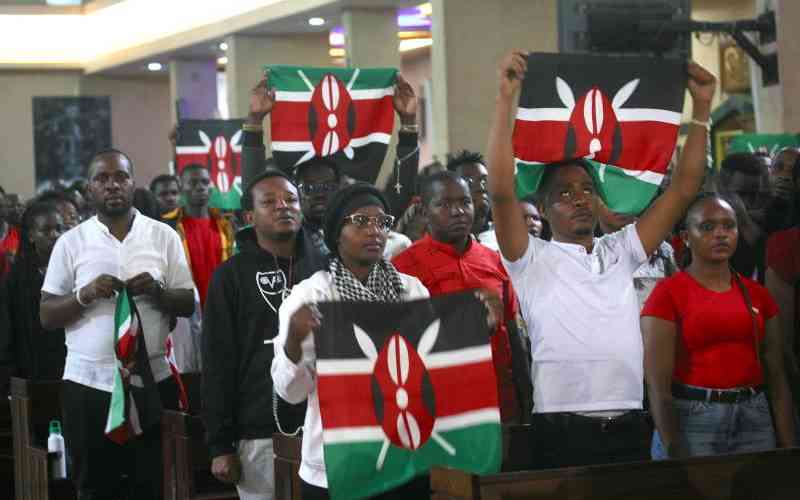
The talk of another round of demonstrations on Monday, July 7, brings to mind the first demonstrations held in various parts of the country during the reign of the late President Daniel Moi.
Prior to the uprising, Kenya had been under the grip of a one-party democracy that people felt was authoritarian. However, political factors at home and abroad made the discontent even more pronounced.
In 1989, the communist system, with its excesses, was collapsing. The former mighty Soviet Union was on its deathbed and so was the Berlin Wall between East and West Germany. A new world order was in the offing.
While Kenya belonged to the so-called "Non-allied Movement", or countries that supported neither the East (communist countries) or the West (capitalist countries of which the US and Britain belonged), it was nonetheless caught up in the clamour for political liberalisation and agitation for a multi-party democracy.
However, President Moi would hear none of that, claiming that more political parties would be formed on a tribal basis and bring about the country's fragmentation. In June 1982, Kenya became a de jure one-party state following a constitutional amendment.
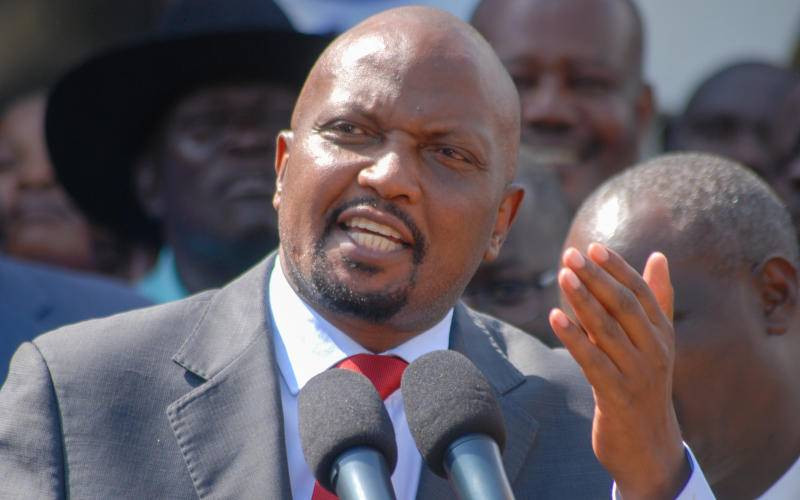
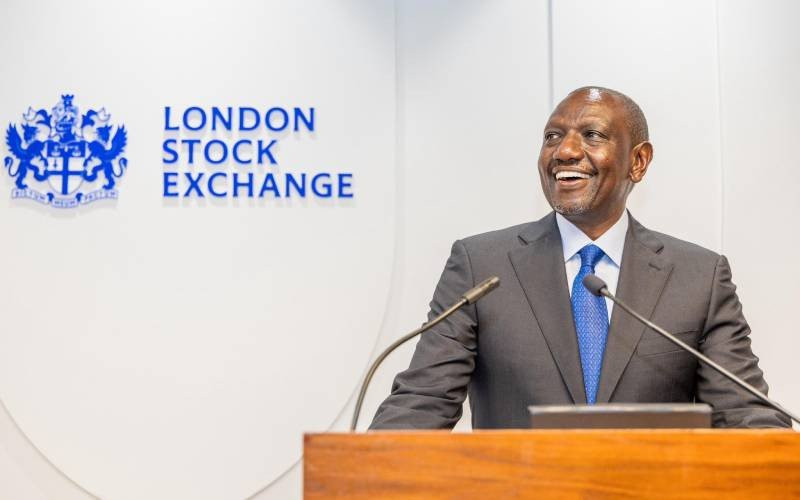
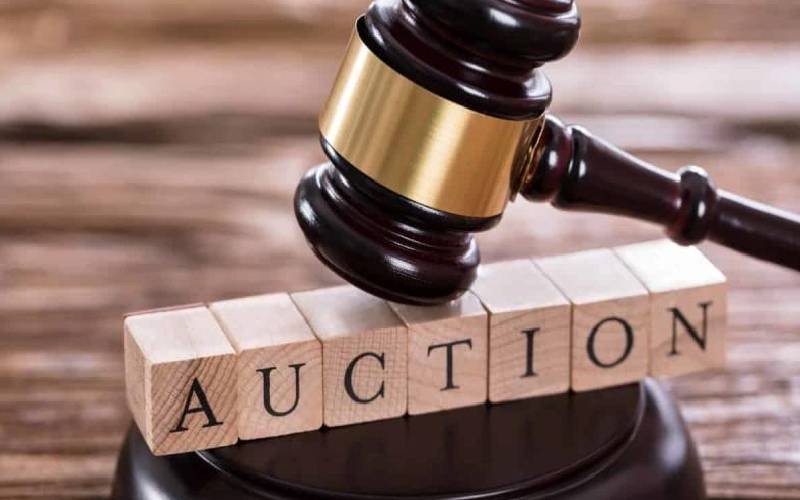
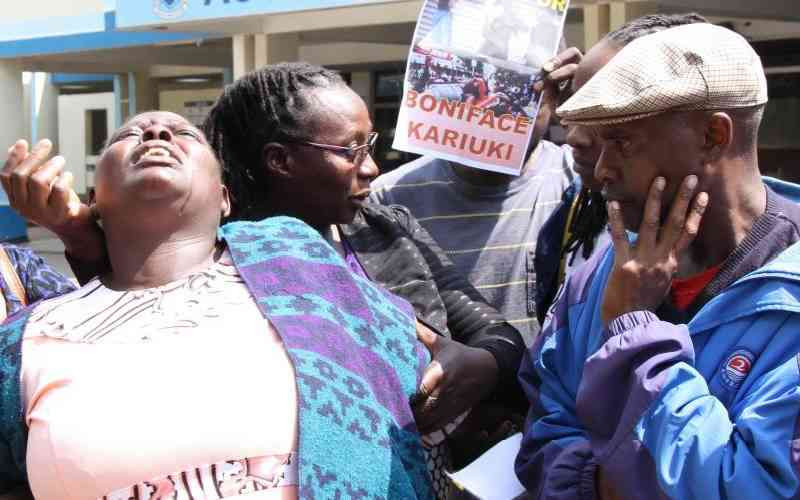
Two months later, disgruntled elements within Kenya's Air Force attempted to overthrow the government.
While the coup did not last a day, the government pointed fingers at some political elements, describing them as traitors. Oginga Odinga and his son Raila Odinga, together with some student leaders from the University of Nairobi, became marked men. But the more the government tried to crush dissent, the more the voices against the government rose.
In February 1990, Foreign Minister Robert Ouko went missing. He was among the moderates in the Cabinet and the discovery of his body at a hill known as Got Alila, a few kilometres from his Koru home, lit another political fire. The State was blamed following the lacklustre explanation by the government pathologist, Jason Kaviti, that Ouko had committed suicide.
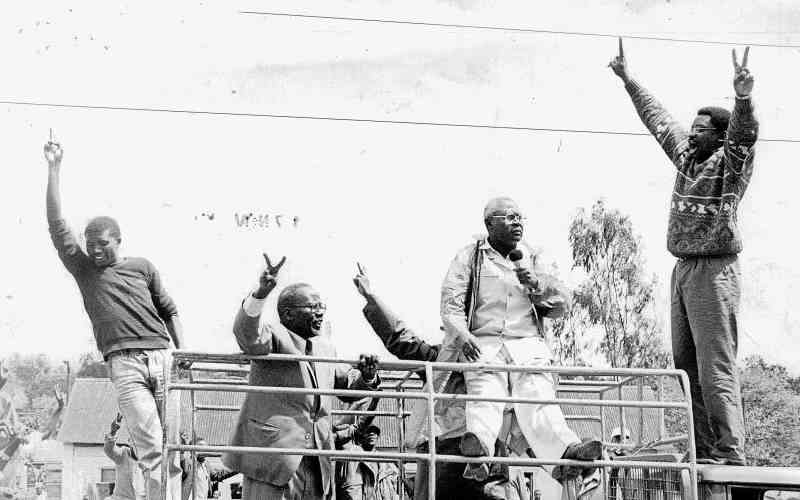
The embers over Ouko's death were yet to cool when two firebrand politicians entered the fray and demanded the country adopt a multi-party democracy. Kenneth Matiba and Charles Rubia captured the souls of dissatisfied Kenyans who saw them as liberators against the Kanu regime. They had openly dared to call for the repeal of Section 2A that made Kenya a one-party state and called on Kenyans to come out in large numbers for a political rally at Kamukunji Grounds on July 7, 1990.
Both were arrested and detained a day earlier.
But Kenyans came out on the streets and headed toward Kamukunji, where police batons, teargas and live ammunition awaited. Martin Shikuku and Masinde Muliro took charge of the rally that had been declared illegal. Over 20 people are said to have been killed and about 1,000 arrested in riots that lasted four days. Flashing the two-finger salute adopted by the opposition politicians became the rallying symbol of the agitation.
The inaugural Saba Saba rally saw the emergence of another group of opposition leaders who have defined Kenya's politics for the last 35 years. Apart from Raila, others included Gitobu Imanyara, Paul Muite, Kiraitu Murungi, James Orengo and Mukhisa Kituyi, who were known as the Young Turks. These were joined by religious leaders such as the Anglican Church's Henry Okullu, PCEA's Timothy Njoya and the Catholic's Ndingi Mwana a'Nzeki.
In the end, Moi bowed to pressure and urged a 1991 Kanu delegates conference at Kasarani Stadium to repeal Section 2A and allow for a multi-party democracy.
Stay informed. Subscribe to our newsletter
Since the 1990 rally that culminated in a plural democracy, July 7 (or Saba Saba) has come to symbolise the country's struggle for political inclusivity.